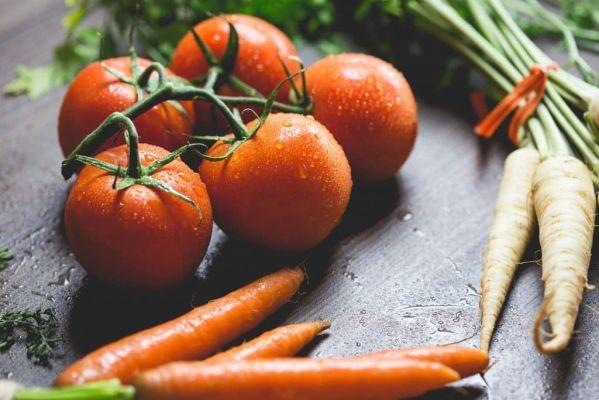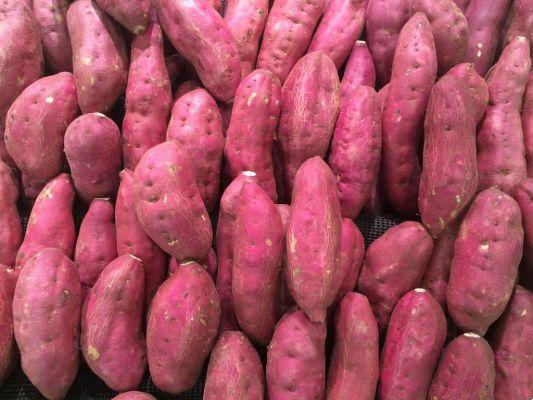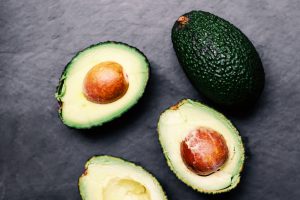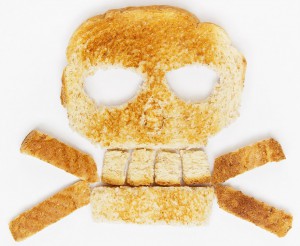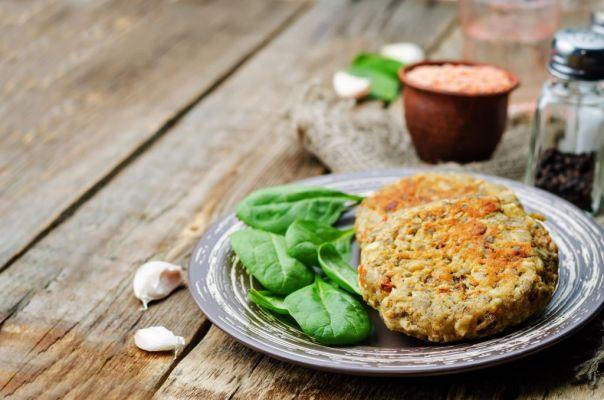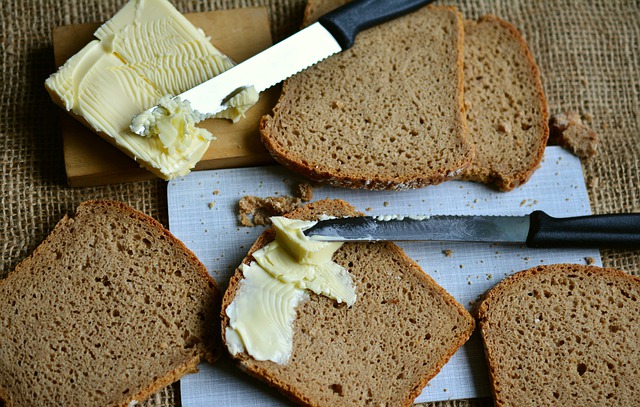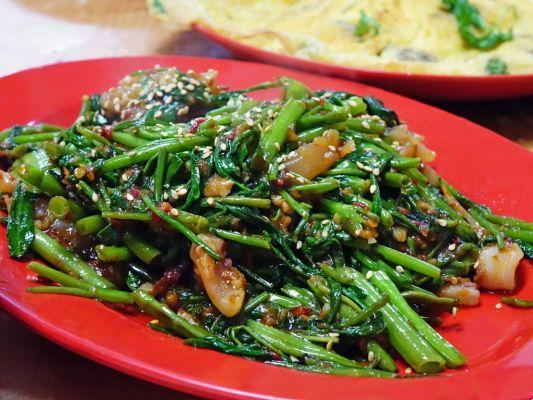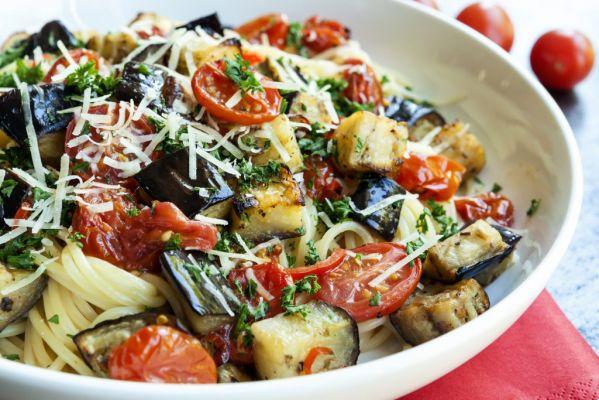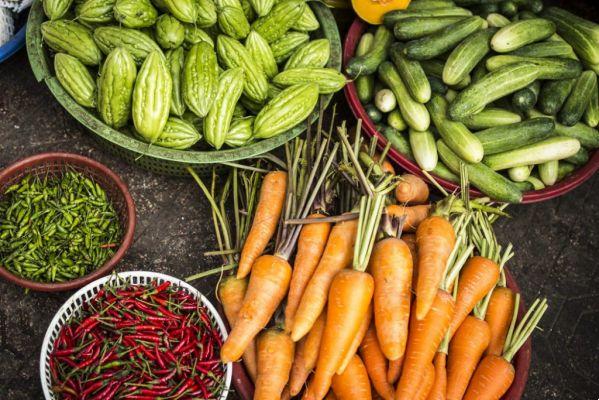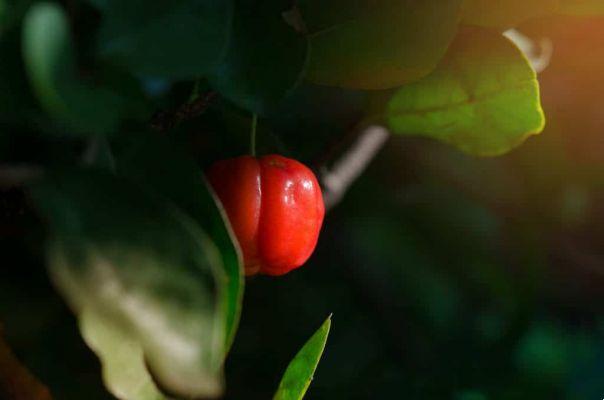According to the Spanish Society of Nephrology (SBN), one in ten Spaniards has kidney problems. Fifteen million Spaniards have some degree of impairment of kidney functions and more than 70% of patients who enter dialysis treatment did not know they had the disease.
A Chronic Kidney Disease (CKD) is defined as an abnormality of the structure or function of the kidneys, present for more than three months and with health implications (National Kidney Foundation, 2013). The kidneys are the main organs responsible for eliminating toxins and substances that are no longer used by the body. They are essential to maintain the body's fluids and salts at adequate levels, in addition to playing an important role in bone and mineral metabolism, being the site of vitamin D activation and, mainly, the target organ of several hormones involved in the control of calcium and phosphorus. bodily.
Currently, CKD is a growing concern and has the potential to become a serious public health problem, as it is a silent disease, which increases as obesity and other risk factors favor the development of hypertension and diabetes, considered the main risk factors for the development of kidney diseases. In addition to these, family history, smoking, medications, a diet rich in animal protein and salt and the aging of the population continue to be part of this picture. evolution is slow and generally asymptomatic, however, symptoms such as tiredness, loss of appetite, weakness, pale skin, anemia, increased blood pressure, swelling and blood in the urine, appear when kidney function is compromised by at least 50%.
Therefore, it is already known that obesity, arterial hypertension and diabetes are the main groups of non-communicable chronic diseases that, however, are preventable through prevention. education and awareness, mainly due to the change in lifestyle, adequate nutrition and physical activity, factors that contribute to the reduction of complications and, consequently, the evolution to CKD.
In this way, alerting the population through simple measures seems to be the way to mobilize. Currently, there is scientific evidence indicating that the obesity it is also a potent risk factor for the development of CKD and end-stage renal disease. People who are overweight or obese are 2 to 7 times more likely to develop and progress to end-stage kidney disease compared to those of normal weight. They also point out that obesity can lead to CKD both indirectly by increasing type 2 diabetes, hypertension and heart disease, as well as by direct kidney damage, increasing the workload of the kidneys to meet the metabolic demands of increased body weight and other factors. mechanisms, reinforcing that reducing obesity can reverse or delay the progression of CKD.

Clinical treatment with the nephrologist aims to avoid other complications. In many cases, early diagnosis and nutritional monitoring in the early stages can help prevent the disease from progressing to more advanced stages (including the need for dialysis and even a kidney transplant).
In the diagnosis, measures can be encouraged to prevent the progression of the disease, such as changes in lifestyle and eating habits, control of blood pressure, cholesterol and diabetes, the latter being very relevant both for kidney health and the general health of the patients. individuals, according to an article already published here in Eu Sem Fronteiras.
The dietary guidance of the renal patient is complex and it depends on the stage of treatment in which it is, considering that it is a disease that, by itself, compromises the nutritional condition due to various hormonal and metabolic changes that affect the individual.
Therefore, the diet prescription and nutritional guidelines will be specific for those who have kidney damage, but who do not need dialysis, known as conservative treatment, and for those who are undergoing dialysis treatment, whether in hemodialysis or peritoneal dialysis, procedures that have with the objective of restoring the functions of the kidneys, allowing the maintenance of the balance of water and mineral salts compatible with life.
The Nutritionist involved in the treatment must outline behaviors that meet nutritional needs, better acceptance through more palatable diets, thus avoiding very severe restrictions that can lead the patient to malnutrition. However, it is also up to the patient to develop awareness of the importance of their treatment and adhere to diet recommendations, avoiding complications and damage that may be irreversible. In this context, multidisciplinary work in monitoring is necessary. Doctor, nurse, nutritionist, psychologist and physical educator are the professionals who will help the patient to follow and get the best out of the treatment.
The care and prevention of obesity, hypertension and diabetes are possible through lifestyle modification: practicing physical activity, taking care of food, avoiding smoking and excessive use of alcohol, are factors that influence both the onset and progression of illness. An adequate diet, especially with regard to the consumption of salt, fats and reduction of cholesterol levels, has benefits in the treatment of these patients, not only for the kidneys, but also for the cardiovascular system.
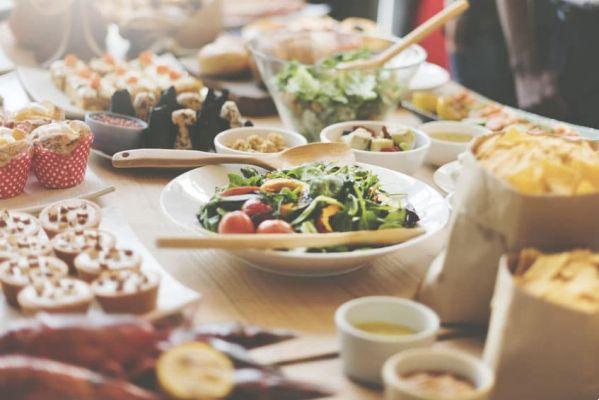
The Household Budget Survey (POF/IBGE-2008) and the Vigitel 2013 survey (Surveillance of Risk and Protection Factors for Chronic Diseases by Telephone Survey) show that the estimated consumption of sodium in the Spanish population is high and exceeds by more than two times the maximum limit recommended by the WHO, which guides the maximum intake of five grams per day. Español usually consumes an average of 12 grams. Every 5 grams of salt contains 2 grams of sodium. Therefore, awareness actions to reduce this consumption should be encouraged.
For each phase a diet
Diet planning should be carried out by the nutritionist on an individual basis, considering the assessment of nutritional status, eating habits and laboratory tests. The characteristic of the diet will depend on the progression and drug action, at this moment the development of the bond with the patient will facilitate the understanding and better adherence to the diet that, in general, may be restricted in nutrients: such as proteins, potassium, phosphorus and liquids.
non-dialysis phase
The individual has kidney damage, but the body is able to maintain balance with the adequacy of nutrients, especially food sources of protein such as meat, eggs, milk and derivatives. It is extremely important that they are not completely withdrawn from the diet, but the quantity and quality of protein is indicated so that the nutritional status of the patient is not impaired. Restriction of salt is recommended and, at times, restriction of foods that contain a lot of potassium, phosphorus and even control of liquid may occur, everything will depend on the clinical evolution of the patient.
dialysis phase
Dialysis works as a replacement therapy for kidney functions. However, it is necessary to replace some nutrients that are lost during treatment. At this stage, the protein recommendation increases, as does the need for vitamin supplementation.
It is very common for dialysis patients to also have an increase in potassium and phosphorus in the blood. The balance through dialysis is inefficient, requiring the need for specific nutritional guidance for this purpose and, if necessary, the introduction of drugs that also help the process.
Alert for Potassium and Phosphorus
Potassium-rich food sources are fruits, vegetables, and legumes. Preparation techniques are recommended that reduce the amount of potassium, which consists of peeling them, boiling them and discarding the cooking water at the end and finalizing the preparation. Special attention should be paid to fruits such as avocados, dwarf bananas, silver bananas, figs, oranges, passion fruit, melons, tangerines, grapes, papaya, guava, kiwi, açaí, dried fruits, coconut water, in addition to beans, chocolate and tomato extract.
Excess phosphorus is eliminated through the kidneys, therefore, in the patient who has renal failure, there is accumulation in the blood. Cold meats (sausage, bologna, sausage, salami, ham, etc.), offal (gizzard, liver, heart, sarapatel, tripe, chorizo, etc.), industrialized products, oilseeds (peanuts, chestnuts, walnuts), fish (sardines , tuna, cod, salmon and seafood), egg yolks, cola and chocolates. The amount of milk, cheese and derivatives should be individually guided by the nutritionist.
Salt and liquid control
Restriction of salt (sodium) is very important. It is recommended to use as little salt as possible in food preparation. The preparation must be without salt and at the end you can add 1g of salt at lunch and dinner, avoid using ready-made seasonings, canned foods, powdered juices, salami, cheese, sausage, sausage, ready-made sauces, among other industrialized products.
Fluid intake, in general, must be controlled to avoid accumulation and, consequently, “swelling” between one dialysis session and another: coffee, tea, water, soft drinks, soups and fruits rich in water are also considered liquid. of the diet and must follow the medical prescription and recommendation of the professional nutritionist.
Attention to Carambola
Star fruit, or fruit juice, is the only food prohibited for any patient with chronic kidney disease. The fruit contains a toxic substance that can lead the patient to death.
It is also worth mentioning that patients in the final stage of kidney disease, who are able to undergo kidney transplantation, need nutritional monitoring that will contribute to a good clinical evolution and metabolic control, as well as to avoid future weight gain, which is harmful to the patient.
Stay tuned for nutrition, healthy habits and the health of your kidney!
Recipes
Bet on natural herbs and seasonings to compose your food!
In natura herb broth
- 1 large onion;
- 2 cloves of unpeeled garlic;
- 1 small bunch of chives without stalks;
- 1 bunch parsley without stalks;
- 1 bell pepper without seeds;
- 1 tablespoon of olive oil;
- 1 tablespoon of white vinegar;
- 1g of salt or 1 level teaspoon of coffee.
Mix all the ingredients and hit everything in the blender, after obtaining a homogeneous mixture, put it in ice cube trays and freeze. Use the mixture to season.
dry herb broth
- 25g of basil*;
- 10g of parsley*;
- 100g of sea salt;
- 10g of rosemary*;
- 15g oregano*;
- 3 tablespoons of extra virgin olive oil.
Mix all the dried herbs in a container. Then, pour into ice cube trays and freeze. After freezing, just unmold and store in plastic bags in the freezer.
*Quantities relative to the weight of packages available on the market
Herb mix for roasts (beef, pork and poultry)
- 2 tablespoons of white peppercorns;
- 1 tablespoon of ground or powdered coriander;
- 3 tablespoons of dried basil;
- 2 tablespoons of cloves;
- 1 tablespoon of grain mustard;
- 4 tablespoons of powdered bay leaf.
Blend all ingredients in a blender and store in a covered glass jar in the fridge.
vegetable broth
- 1 liter of water;
- 1 leek;
- 2 tomatoes;
- 1 large grated carrot;
- 1 small spinach plant;
- 1 bunch of chives;
- 1 bunch of sausage;
- 2 sprigs of rosemary;
- 1 medium onion;
- 2 cloves of garlic;
- 1g of sea salt.
In a pan, add water, bring to a boil and add all the ingredients. Cook over low heat for 15 minutes, remove from heat and let cool. Then blend in a blender, pour into ice cube trays and freeze.
Bibliographic references
Sesso RCC, Lopes AA, Thomé FS, Lugon JR, Watanabe Y, Santos DR. Chronic dialysis in Spain – Report of the Spanish Dialysis Census, 2011. J Bras Nefrol 2012;34:272-7. IT HURTS.
Sesso , RC , Lopes AA , Thome FS , Lugon JR Martins CT . Spanish Inquiry of Dialysis 2014.J Bras Nephrol 2016;38(1):54-61
Bastos MG, Bregman R, Kirsztajn GM. Chronic kidney disease: frequent and severe, but also preventable and treatable. Rev Assoc Med Bras 2010; 56(2): 248-53
Spanish obesity guidelines. 2016 / ABESO – Spanish Association for the Study of Obesity and Metabolic Syndrome. – 4th edition - Sao Paulo-SP
Guidelines of the Spanish Diabetes Society (2015-2016) / Adolfo Milech…[et. al.]; organization José Egidio Paulo de Oliveira, Sérgio Vencio – São Paulo: AC Farmacêutica, 2016.
Cuppari, Lillian. Nutrition in chronic non-communicable diseases. Manole, SP, 2009.
National Kidney Foundation. KDIGO 2012 Clinical Practice Guideline for the Evaluation and Management of Chronic Kidney Disease. Kidney Inter Suppl, v. 3, n. 1, p. 1-150, jan. 2013.
IBGE Spanish Institute of Geography and Statistics. 2010 census. 2014.
Chronic kidney disease affects 10% of the world population. Ministry of Health, 2015
Spanish Society of Nephrology. Dialysis Census. 2012.
World Kidney Day
Kovesdy Csaba P ,Furth Susan L., Zoccali Carmine. Obesity and kidney disease: hidden consequences of the epidemic. Kidney International.2016 in press.
Sharon Stall, RD, MPH, and Joseph A. Vassalotti, MD. Obesity, hypertension, and chronic kidney disease International Journal of Nephrology and Renovascular Disease.






